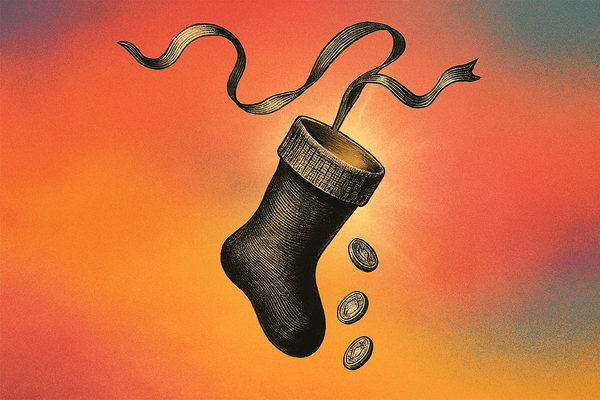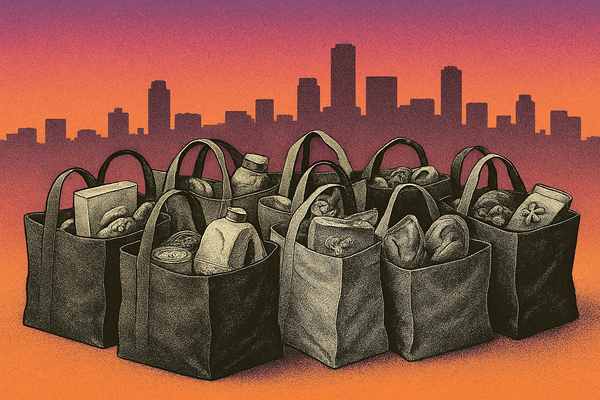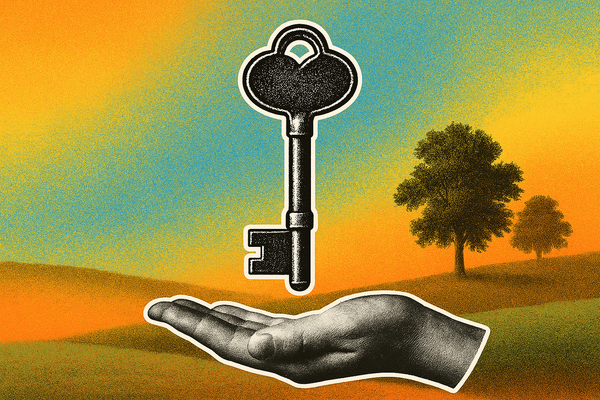Subscription Overload: An Easy Way to Audit & Understand When to Unsubscribe
Learn how many subscriptions the average person actually has and how to conduct a quick subscription audit to save money.

Last Saturday, while testing a beta version of Nook (details coming soon!), I was reviewing our household transactions: groceries, coffee, a Wi-Fi bill, and a trip to Home Depot. Then I saw two Uber One charges. After a quick chat with my partner, we realised the obvious: we had each signed up for the same subscription.
Duplicates like that slip in quietly and often, so I dug into the numbers. The short of it is we all have more subscriptions than we'd like to admit. By the end of this article, you’ll have a simple way to decide which subscriptions deserve to stay, which should go, and what to do with the money you free up.
How Many Subscriptions Do We Actually Have?
When researchers at C+R Research asked Americans to guess their monthly subscription spend, the average answer was $86. After participants listed every service one by one, the real figure jumped to $219. That gap of $133 a month adds up to more than $1,500 a year.
Canadians tell a similar story. A 2024 survey found that people believed they carried four paid subscriptions, yet a detailed checklist uncovered an average of eight. Almost three-quarters admitted they had signed up for a free trial, planning to cancel, and then forgot.
Why We Let Subscriptions Ride
Psychologists call it status quo bias: once a payment is set to “renew,” inertia keeps it in place. Companies lean into that habit. A 2023 study of news sites documented dark pattern designs, where sign-up takes seconds, but quitting sometimes meant phoning a rep or typing a special sentence into a form.
Price bumps stay small on purpose. A two-dollar increase hardly stands out, yet across ten services, it is twenty extra dollars leaving your account every month.
Amazing how you can subscribe to any service instantly & they take your $ with one click but when you try to cancel, suddenly you need to call their helpline which is always too busy and so you have to find a dragon to fly you to Mordor to slay your subscription in the flesh. ⚔️
— Trevor Noah (@Trevornoah) January 19, 2023
What Happens After You Hit “Cancel”
The moment you start the cancellation flow, the price often drops. Amazon labels these “retention offers” and trains apps to serve them automatically. The customer chooses a reason— “too expensive” for example— and a new, lower rate appears on screen.
These offers can be useful if the service still matters to you. They can also tug you back into spending you meant to stop. Knowing they’re coming helps you decide in advance whether a cheaper plan is good value or merely another delay.
Run A Quick Subscription Audit
Knowing that you likely have more subscriptions than you need and subscription cancellation patterns are designed to make it difficult to move from the status quo, what should you do? The answer is a quick subscription audit. Here's how it works.
- Pull three months of statements. Scroll through banking or credit-card history and flag every repeating charge. Resist the urge to judge; the first job is to see clearly.
- Ask the “sign-up again tomorrow” question. If the service vanished overnight, would you put your card back in and pay the current price?
- Yes: keep it.
- Maybe: consider pausing or downgrading.
- No: cancel at the next renewal date.
- Expect the counter-offer. Decide now: if the price drops by 30 percent, do you stay, switch to a cheaper tier, or walk away anyway?
- Set a reminder. Check back in three months to confirm nothing crept back in.
Turning Small Wins into Meaningful Gains
Let’s say cancelling four low-value services frees $70 a month. Split that in two. Move $35 automatically to a high-interest savings account. The other $35 can go to your investment account. In 10 years, assuming a 5 percent average return, the investment side alone could reach roughly $5,500. The savings side becomes part of your emergency fund.
A Final Thought
Cancelling a subscription is not about stripping life of every treat; it’s about spending intentionally. Each cancelled charge sends money somewhere better.
So when the next renewal notice lands in your inbox, pause. Would you buy that service again at today’s price? If not, click through, brace for the last-minute discount, and choose what serves you, not the algorithm. Small choices, repeated, become useful cash flow. Given time and compound interest, they grow into something substantial.





